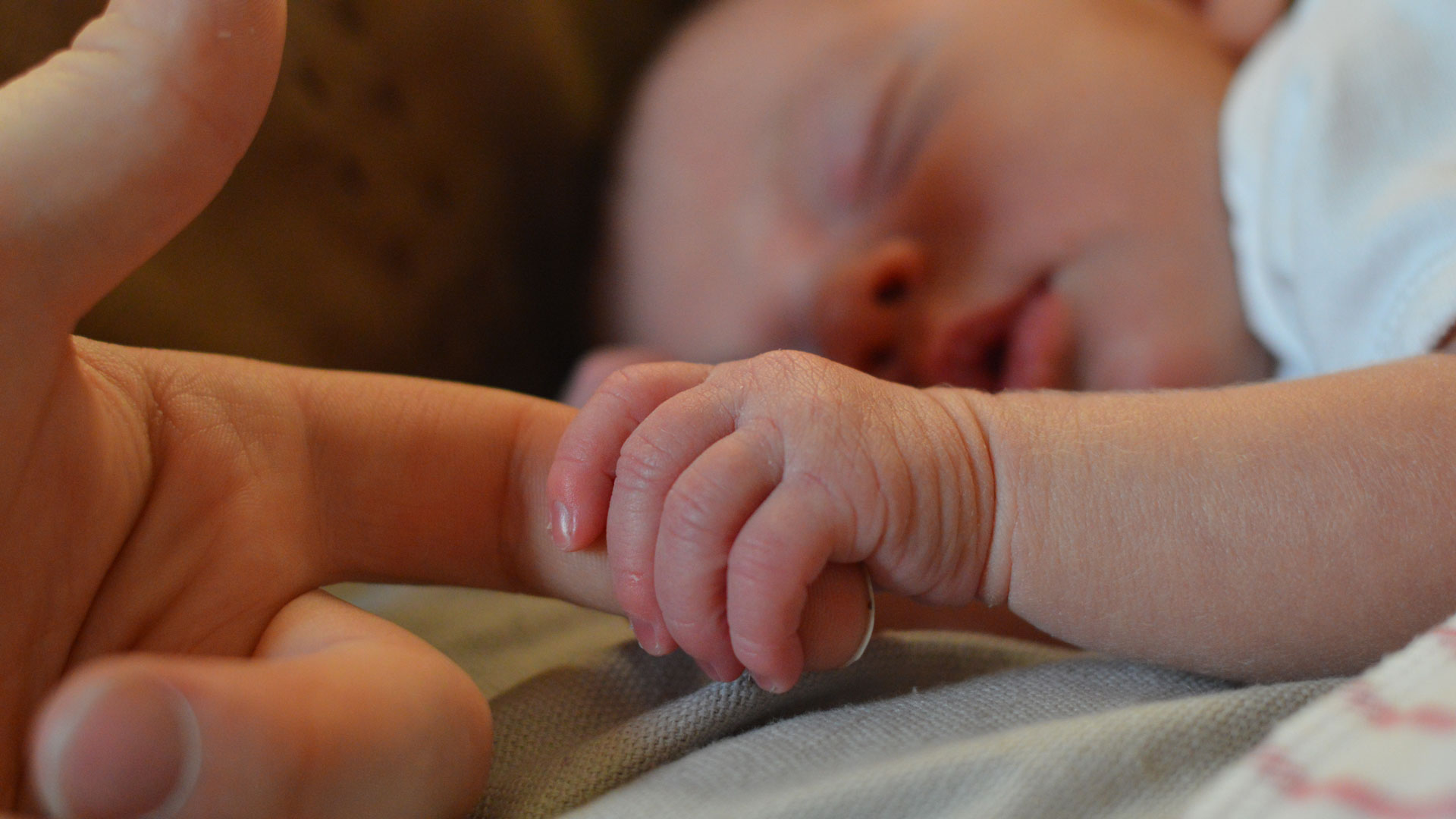
06 Mar 4 Things Mums Aren’t Told About Natural Childbirth
Parents are frequently encouraged to prioritise accessing a vaginal birth over a caesarean but here’s why that might not always be the best for mum and baby.
The push to lower caesarean rates is not medically driven.
If you’re one to get involved with the political side of the medical world, you’ll be quick to notice that policy makers are keen to see the rates of caesareans go down, and the rates of ‘natural’ deliveries go up. In NSW the Toward Normal Birth policy set the bar high at 80 percent of births to be so-called ‘natural’ deliveries.
However, Hans Peter Dietz, Professor in Obstetrics and Gyneacology at Sydney Medical School Nepean, describes the medical involvement in determining these target figures as “marginal”. Your doctor isn’t necessarily the one opposed to your caesarean – but for some reason your local health district, politicians and midwives may be.
Natural births are not necessarily safer than emergency caesareans.
When Amy Dawes, founder of the Australasian Birth Trauma Association (ABTA) gave birth in 2013, she was met with complications that forced her to make a choice between forceps or an emergency caesarean. Opting for forceps, the delivery of her daughter left Amy with a third-degree sphincter tear, a pelvic-floor muscle tear, and a stage-two bladder and bowel prolapse.
Years later, Amy is still managing the painful outcomes of the traumatic birth – and Amy’s experience is not uncommon. Amy says up to 20 percent of women who give birth vaginally will need surgery to repair urinary incontinence and pelvic floor prolapses.
Such experiences often leave women with post-traumatic stress disorder (PTSD) as a result of giving birth, and resources to help deal with the physical and psychological damage involved are scarce in many places.
Education around the risks of natural birth is poor.
Amy had researched the risks of caesarean delivery during her pregnancy and understood it to be “pretty bad and rough for the baby”, but information surrounding the risks of vaginal births was scant – even inside her medical team.
“Health professionals are badly informed about the true risks of childbirth and women are often told that incontinence or pain after childbirth is ‘normal’ and doesn’t need treating. Many women even suffer postnatal PTSD as the result of a traumatic birth, but are wrongly told they need to ‘move on’ or that they should be grateful they have a healthy baby,” she says.
“Injury from childbirth is very common,” agrees Professor Dietz. “I see women all the time whose bodies have been permanently damaged, often as the result of forceps delivery.”
The safest birth is the best birth – however it looks.
When it comes to making a decision around your birth, the option that is safest for mum and baby is the best – regardless of whether it is a caesarean, or ‘natural’ birth.
Professor Dietz argues that a birthing ideology that pushes for natural childbirth over caesareans is one that will put mothers at risk of traumatic injury during birth.
“Cutting the caesarean birth rate is a counterproductive – even dangerous – goal when the primary objective has to be a safe birth for mother and child,” he says.
This post is sponsored by Sydney Urodynamic Centres. At Sydney Urodynamic Centres, Professor Dietz provides diagnostic services for women with pelvic floor problems after childbirth and later in life, together with three other specialists in this field: Prof. Andrew Korda, A/Prof Christopher Benness and A/Prof. Clara Shek. For more information, see The Australasian Birth Trauma Association and Sydney Urodynamic Centres.
Note: This article provides general health information and in no way constitutes medical advice. Ideas and information expressed may not be suitable for everyone. Readers wishing to obtain medical advice should contact their own doctor.
Photo by Wayne Evans.

